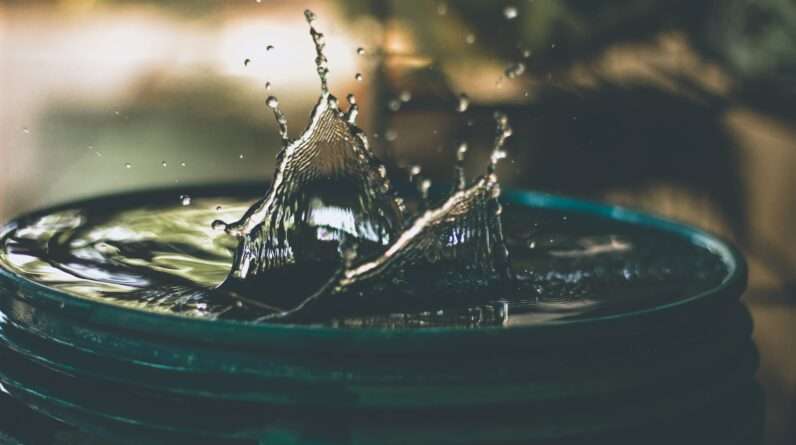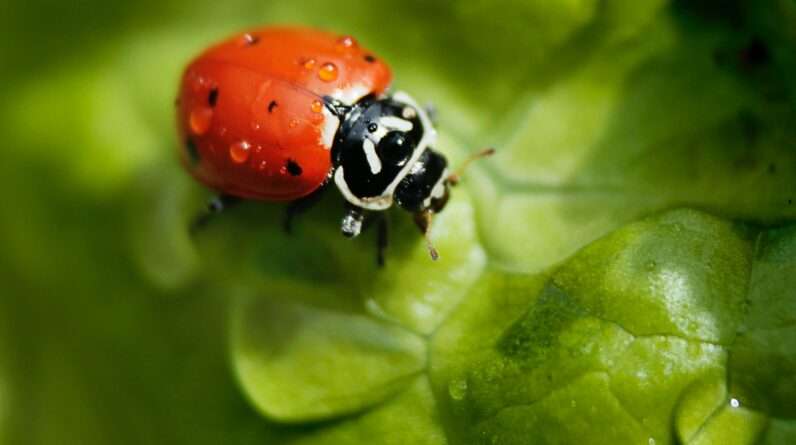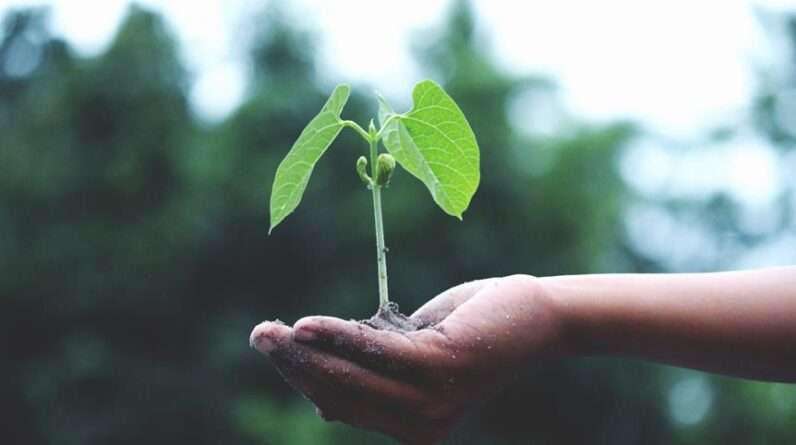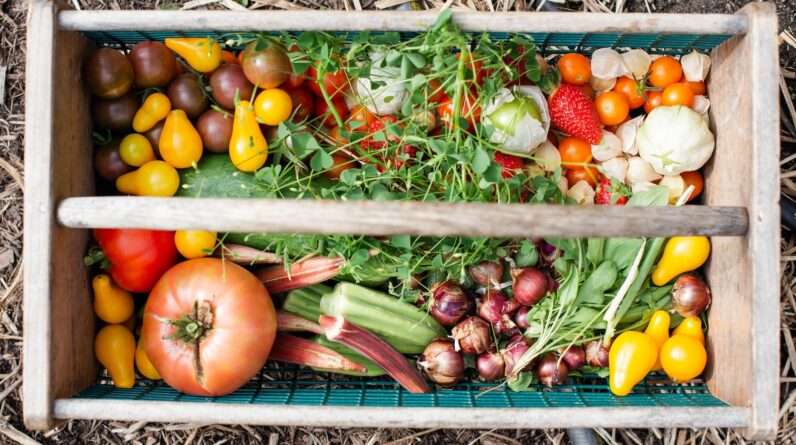
You think watering your garden is a simple task, but did you know there’s an art to it?
The art of rainwater harvesting, that is. By collecting rainwater, you can take a greener approach to watering your garden and contribute to a more sustainable future.
In this article, we’ll guide you through the benefits of rainwater harvesting, help you choose the right collection system, design your setup, and provide maintenance tips to maximize efficiency.
Get ready to master the art of rainwater harvesting!
Key Takeaways
- Rainwater harvesting is a sustainable and eco-friendly method that can significantly reduce water bills.
- Using harvested rainwater avoids the use of treated water and provides naturally soft water devoid of chemicals.
- When choosing a rainwater collection system, consider factors such as capacity, durability, ease of maintenance, and filtration options.
- Regular maintenance, including cleaning and inspecting the system, is important for maximizing efficiency and longevity.
The Benefits of Rainwater Harvesting
You can save money and conserve water by using rainwater harvesting in your garden.
Rainwater harvesting is the process of collecting and storing rainwater for later use. It’s a sustainable and eco-friendly method that offers several benefits.
Firstly, rainwater is free, eliminating the need to rely solely on municipal water supplies. This can significantly reduce your water bills, saving you money in the long run.
Additionally, rainwater is naturally soft and devoid of chemicals, making it ideal for irrigation purposes. By using harvested rainwater, you can avoid the use of treated water, which often contains chlorine and other additives.
Moreover, rainwater is abundant, especially in areas with high rainfall, ensuring a constant supply for your garden’s needs.
Overall, rainwater harvesting is a cost-effective and environmentally conscious way to water your garden.
Choosing the Right Rainwater Collection System
Consider researching different types of rainwater collection systems to find one that best suits your needs.
First, determine the size of your roof and the average rainfall in your area. This information will help you calculate the amount of water you can potentially collect.
Next, explore the different types of collection systems available, such as rain barrels, cisterns, and rainwater harvesting tanks. Consider their capacity, durability, and ease of maintenance.
Finally, evaluate the filtration and purification options offered by each system. Look for systems that remove contaminants and ensure the water is safe for various uses, such as gardening and household chores.
Designing Your Rainwater Harvesting Setup
To efficiently design your rainwater harvesting setup, start by mapping out the ideal location for your collection system. Ensure that the collection area is free from any obstructions that may hinder the flow of water. Select an area where rainwater can be easily collected, such as a rooftop or a paved surface.
Next, decide on the most appropriate storage capacity for your needs. Calculate the amount of water you require to meet your gardening needs, taking into account factors like the size of your garden and the frequency of watering. Consider using online rainfall data or consulting local weather reports to estimate the average annual rainfall in your area. This will help you determine the storage capacity needed to collect and store enough water throughout the year.
Maintaining and Using Your Rainwater Harvesting System
Make sure to regularly check and clean your rainwater harvesting system, as well as utilize the collected water for all your garden watering needs. By properly maintaining your system, you can ensure its efficiency and longevity. Here are three important steps to follow:
- Inspect your system: Regularly check for any leaks, clogs, or damage to pipes, gutters, and tanks. Ensure that all components are functioning properly and make necessary repairs promptly.
- Clean your system: Remove any debris, such as leaves and twigs, from gutters and filters to prevent blockages. Periodically flush out the tanks and filters to remove sediment and contaminants.
- Use collected water efficiently: Prioritize using rainwater for your garden watering needs. This not only conserves water but also reduces your reliance on municipal water supply.
By following these maintenance practices, you can optimize the performance of your rainwater harvesting system and contribute to a greener and more sustainable future.
Now, let’s move on to some tips for maximizing the efficiency of rainwater harvesting.
Tips for Maximizing the Efficiency of Rainwater Harvesting
If you want to maximize the efficiency of your rainwater harvesting system, ensure that you regularly maintain and clean it to prevent any blockages or contamination. By doing so, you can ensure that your system functions optimally and provides you with clean, usable water for your garden or other purposes.
Regularly check and clean the gutters and downspouts to remove any debris that may obstruct the flow of rainwater into your storage tank. Additionally, inspect the tank for any signs of damage or leaks and repair them promptly to avoid water loss.
It’s also important to regularly test the water quality to ensure it’s free from any harmful contaminants. By implementing these maintenance practices, you can ensure maximum efficiency and longevity of your rainwater harvesting system, contributing to a more sustainable and eco-friendly lifestyle.
Frequently Asked Questions
Can I Use Rainwater Harvested From My Roof for Drinking and Cooking Purposes?
Yes, you can use rainwater harvested from your roof for drinking and cooking purposes. However, it is important to properly filter and treat the water to ensure it is safe for consumption.
Is Rainwater Harvesting Legal in All Areas?
Yes, rainwater harvesting is legal in most areas. It’s a sustainable method to collect and store rainwater for various uses. However, it’s important to check local regulations and guidelines to ensure compliance.
How Much Does a Rainwater Collection System Cost?
A rainwater collection system can cost anywhere from $500 to $5,000, depending on factors like system size, materials used, and installation requirements. It’s important to consider these costs when planning your rainwater harvesting project. Low cost rain collecting solutions can be as low as $50 – $100. Here is an example
Are There Any Government Incentives or Rebates Available for Installing a Rainwater Harvesting System?
There are government incentives and rebates available for installing a rainwater harvesting system. These can vary depending on your location and the specific program, but they can help offset the cost of the system.
Can I Use Rainwater Harvested From My Garden for Irrigation During a Drought?
You can definitely use rainwater harvested from your garden for irrigation during a drought. It’s a wise and water-wise choice that will help conserve precious resources and keep your plants healthy.
Check out our review of the best selling FAMIROSA Collapsible Rain Barrel – Here












